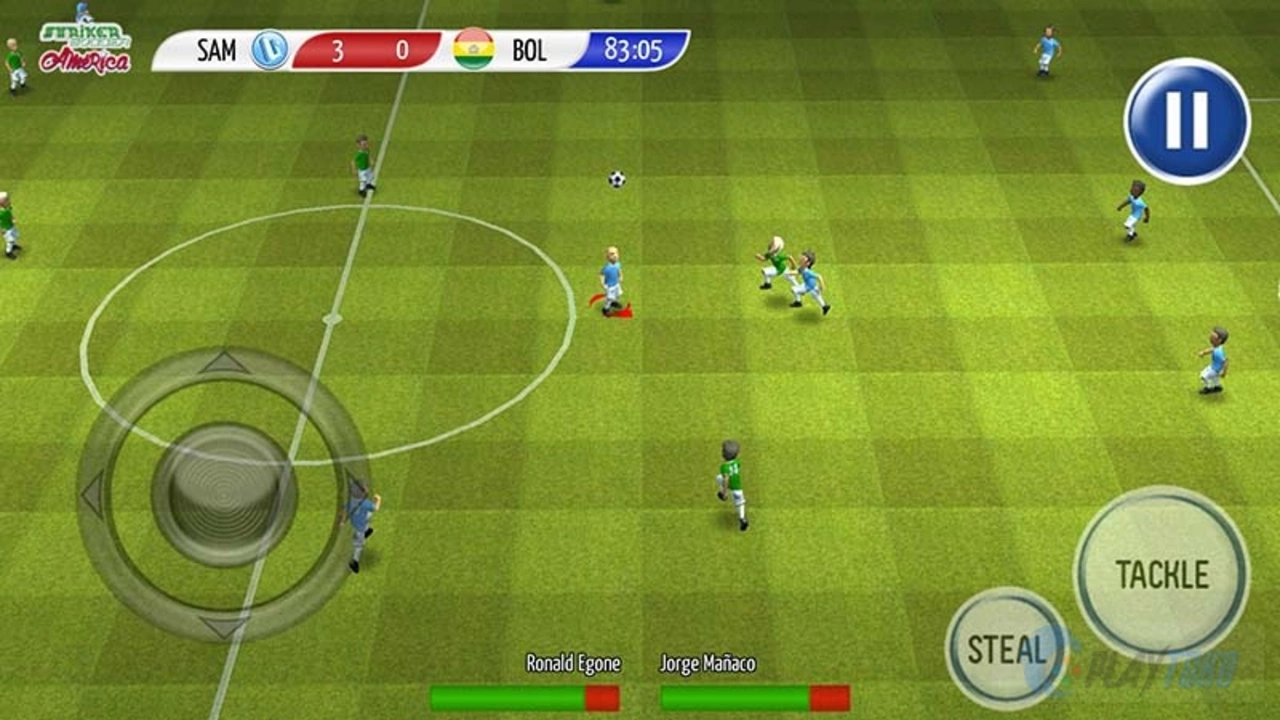Understanding the Position of a Striker
Firstly, it's essential to understand the position of a striker in soccer. The striker, also known as the forward or the attacker, is a position in soccer that is primarily responsible for scoring goals. Their main objective is to find the back of the net and give their team the lead. Strikers usually stay close to the opponent's goal post, waiting for an opportunity to strike and score.
They are often the most celebrated players on the field due to their goal-scoring prowess. Strikers have the crucial role of converting passes and crosses into goals. They are usually the final point of most attacking plays, and their ability to score often determines the outcome of the game.
Key Skills of a Striker
The position of a striker requires a particular skill set. One of the most important is shooting accuracy. A striker needs to be able to shoot the ball accurately towards the goal, both from close range and from a distance. They must have a keen eye for the goal and be able to find the back of the net under pressure.
Another essential skill is speed. Strikers often need to outrun defenders to get to the ball first. They must also be able to dribble past opponents and create scoring opportunities. Additionally, strikers need to have excellent ball control and a good understanding of the game to make the right decisions in split seconds.
Roles and Responsibilities of a Striker
The roles and responsibilities of a striker go beyond just scoring goals. They are often required to create scoring opportunities for their teammates. This can involve making runs to draw defenders away, opening up space for others, or delivering precise passes.
Strikers are also responsible for pressuring the opponent's defense, forcing them to make mistakes that can be capitalized on. They must be constantly on the move, making themselves available for passes and keeping the defenders on their toes.
Types of Strikers
There are different types of strikers, each with their unique style and responsibilities. The center-forward, for example, is the traditional striker who stays upfront and is the main target for crosses and passes. They are usually physically strong and good at heading the ball.
Then there are second strikers or support strikers, who play just behind the main striker. They are often more involved in the build-up play and are expected to both score and assist in goals. There's also the false 9, a tactical role where the striker drops deep into midfield, confusing the defenders and creating space for others.
Training and Development for Strikers
Training and development are crucial for a striker. This involves physical training to improve strength, speed, and endurance, as well as technical training to enhance shooting accuracy, ball control, and dribbling skills. Tactical understanding of the game is also essential, and this can be developed through video analysis and tactical drills.
Strikers also need to work on their mental strength. They must be able to handle pressure, stay focused, and maintain confidence, even when they're not scoring. Mental resilience is crucial, as strikers often face criticism and scrutiny when they go through goal droughts.
Great Strikers in History
Throughout the history of soccer, there have been many great strikers who have left their mark on the game. Players like Pele, Diego Maradona, Ronaldo, and more recently Lionel Messi and Cristiano Ronaldo, have shown exceptional goal-scoring abilities.
These players are known for their incredible skills, their ability to score from almost any position, and their consistency in finding the back of the net. They have set standards for what it means to be a great striker, and they continue to inspire aspiring young players around the world.
Importance of a Striker in a Team
The importance of a striker in a team cannot be overstated. They are often the difference-makers in a game, the ones who can turn a match on its head with a single goal. A team without a good striker is like a car without an engine – it simply won't go very far.
Strikers are also crucial in setting the tone for the team's attacking play. They are the spearhead of the attack, and their movement, positioning, and decision-making often dictate how the team performs offensively.
Conclusion: The Art of Being a Striker
Being a striker in soccer is an art that requires a unique blend of physical skills, technical abilities, tactical understanding, and mental toughness. It's about more than just scoring goals; it's about being the focal point of the team's attack, creating opportunities for others, and constantly putting pressure on the opponent's defense.
While it's a challenging position that comes with a lot of responsibility, it's also one of the most rewarding. There's no better feeling than seeing the ball hit the back of the net and knowing that you've made a significant contribution to your team's success. In the end, that's what being a striker is all about.

